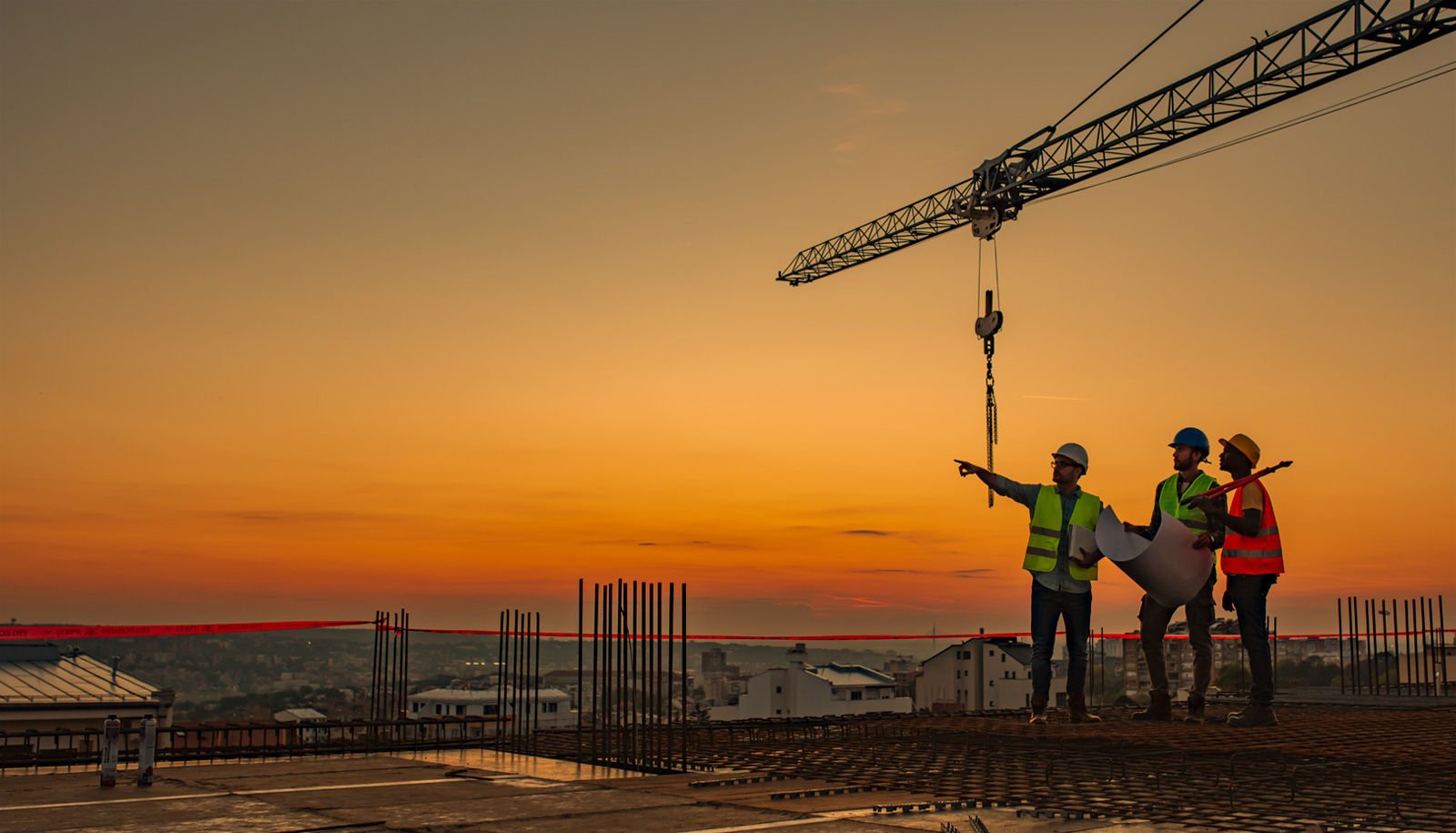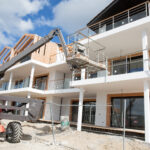Spending on nonresidential buildings is booming this year. According to the AIA Consensus Construction Forecast Panel, spending in the sector looks set to increase by around 20%, a level that hasn’t been seen since before the Great Recession.
Industrial construction is leading the way in spending, with an expected increase of over 50% this year alone. But it’s not just industrial spending that’s seeing growth— commercial construction spending is also expected to rise 10%.
As businesses across all sectors look to expand, they should be encouraged by the growth seen in construction spending and consider how it can benefit their own operations. It may be a suitable time to invest in infrastructure, operations, and modernizing facilities to increase efficiency and profitability.
However, 2024 is projected to bring a more tempered outlook for the construction industry. Spending growth will slow down, with a modest 2% increase in overall building spending anticipated by forecast panelists. Commercial sector growth may take a slight dip, but nonresidential and industrial sectors should see an uptick of 2%, and 5%, respectively.
The Inflation Battle
Inflation has seen a dramatic drop over the past year, with the most recent figures indicating a rate of around 4%, compared to over 9% in mid-2022. However, Inflation in construction costs continues to be an issue due to material price increases, supply chain issues, and finding skilled labor.
Over the last three years, the construction industry has experienced a sharp increase in material costs, with structural steel and lumber prices rising 55% and 35%, respectively. Nonresidential costs have escalated 36%, while multifamily residential costs have gone up 32%. Moreover, machinery and equipment prices have increased 18%.
Construction wages are now about 6% higher than a year ago and architecture and engineering services provided to the construction sector have increased slightly.
Construction Activity Across Sectors
2023 continues to be a strong year for building activity with variability across sectors. In particular, the manufacturing, distribution, and hotel industries are likely to experience some of the strongest gains. On the institutional side, healthcare and education construction are expected to also perform well.
Manufacturing
The global pandemic had a significant impact on industries and businesses around the world. While many sectors have suffered, manufacturing realized a surge in investment and growth due to the reshoring of domestic production resulting from supply chain disruptions. However, this wasn’t the only factor driving investment in manufacturing. Last year, approximately one-third of industrial construction was in computer, electrical and electronic equipment while over a quarter was on chemical facilities expansion.
The emergence of global trade has brought with it important economic opportunities, but there are also concerns about its potential to leave our economy and national defense vulnerable. In response, the US Federal Government is investing in domestic manufacturing capabilities—most notably, through the 2022 CHIPS and Science Act. This $280 billion seeks to strengthen the US semiconductor industry so these facilities can operate across the country.
The growth in U.S. chemical manufacturing facilities is primarily driven by the production of pharmaceuticals and plastics. Pharmaceuticals account for a large share of the output, but plastic products have recently become dominant. This shift is due to the increased domestic production of gas and oil in the US, which provides an economic advantage over shipping these resources overseas for use in foreign product manufacturing.
As businesses continue to adjust to the changing retail landscape, demand for distribution facilities has been on the rise. Although spending on warehouses saw impressive growth of 26% last year, this trend is expected to level off in the coming years. With e-commerce activity slowing due to the pandemic, companies are now turning their attention towards automating existing distribution centers rather than building new ones.
The hotel industry has been on a roller coaster ride over the last few years, but now key metrics in the industry such as occupancy rates and average daily rate have remained steady and are beginning to show growth. The AIA Consensus Forecast panel is projecting a 24% increase in construction spending on hotels this year, and an additional 7% in 2024.
Institutional
The institutional construction sector typically sees more consistent performance, resulting in fewer losses during economic downturns and less growth during periods of expansion. This makes it an attractive proposition for investors looking to reduce the risk associated with volatile market conditions. Through May, spending on healthcare facilities has increased almost 14% from year-ago levels, while spending on educational facilities is up over 6%.
The current rise in healthcare spending is likely to remain a long-term trend. As the baby boomers approach retirement age, they will need more and better healthcare facilities. This influx of demand has been reflected in the AIA Consensus Forecast Panel’s projection that spending on healthcare will remain above 10% this year, with an additional 3% projected for 2024.
Despite the disruptions caused by the pandemic, investments in educational facilities have been trending upwards. ConstructConnect reports that construction stats for junior high and high school facilities have increased 20% through the first five months of this year, while college and university construction spending are up 14%. Even preschool and elementary facilities saw a 9% increase in spending on construction. While the pace of growth in this sector expects to slow over the remainder of the year, the AIA Consensus Forecast panel expects spending in the educational construction sector to increase 10.5% for the year, and another 4.3% next year.
2024 Construction Outlook
The first half of this year has seen impressive gains in construction spending on nonresidential buildings, manufacturing, and industrial facilities. However, this high growth rate will moderate in the 3rd and 4th quarters. As we move closer towards 2024, economic factors are likely to have an impact on growth in the year ahead. Elevated interest rates, more restrictive lending by banks, unease about the state of the economy, and a shortage of construction labor will all be contributing to this influence.



